What is an articulation deficit?
Articulation disorders focus on errors (e.g., distortions and substitutions) in production of individual speech sounds. More simply put, this is when a child struggles to produce specific sounds. For example, a child may say, "wed," for "red."
How is my child diagnosed with an articulation deficit?
During your child's initial evaluation, the evaluating therapist will assess your child utilizing a standardized assessment (typically the Goldman Fristoe Test of Articulation-3 or GFTA-3) to assess your child's articulation abilities in single words and/or sentences. This allows the evaluating therapist not only to compare your child's speech production skills to that of an age-matched peers, but it also allows the therapist to perform an analysis to assess which age-appropriate sounds your child may be struggling with.
What are the typical sounds that my child should produce for his or her age?
Dear parents and teachers,
Each number below represents an age. Inside of each number are the speech sounds that most children should be able to correctly produce by the end of that age (i.e.: which English consonants 90% of children can articulate correctly in the initial, medial and final word positions). Vowels are cprrect;u [rpdiced bu tje age pf three. All children do not develop at the same time and in the same way, so we cannot expect correct speech from every child in the primary grades. If you have questions about this, or other speech/language milestones, please feel free to contact me.
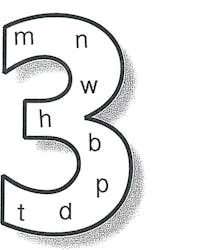
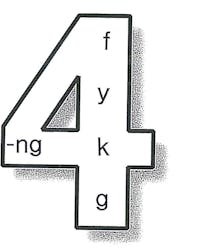

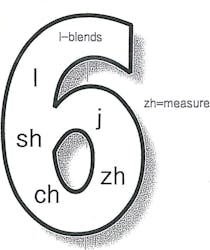
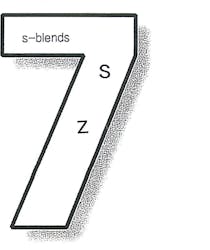
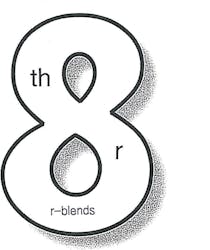

-
Example sound positions in words:
- Initial: scissors
- Medial: scissors
- Final: scissors
- w-blends: tw, kw
- l-blends: pl, bl, kl, gl, fl
- s-blends: sp, st, sk, sm, sn, sw, sl
- r-blends: pr, br, tr, dr, kr, gr, fr, shr, thr
- tri-blends: spr, str, skr, skw, spl
What does treatment of an articulation deficit entail?
Following the evaluation, the speech-language pathologist will pinpoint the developmental sounds that should be targeted to increase your child's intelligibility. In order to target these articulation deficits, we typically use what is known as the "traditional articulation approach." This basically means that we teach sounds one at a time by providing multi-sensory cues and direct instruction of placement, manner, and voicing of the target sound. These sounds will be targeted in the initial, medial, and final positions of words (as needed) and in a variety of contexts (isolation, single words, sentences, conversational speech). If you have any questions about your child's articulation treatment, please do not hesitate to ask your primary speech-language pathologist.

